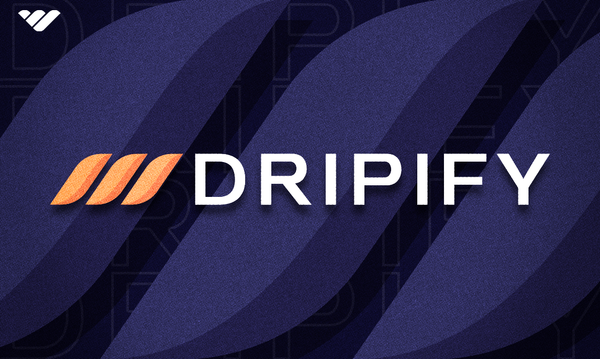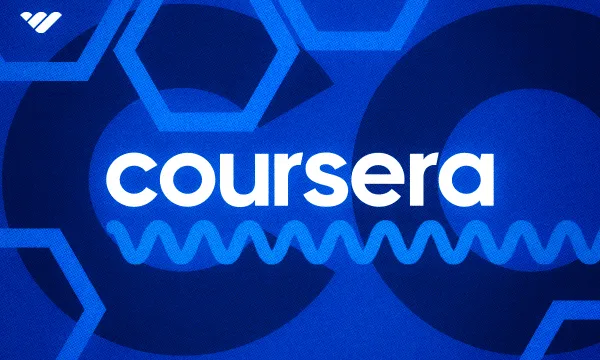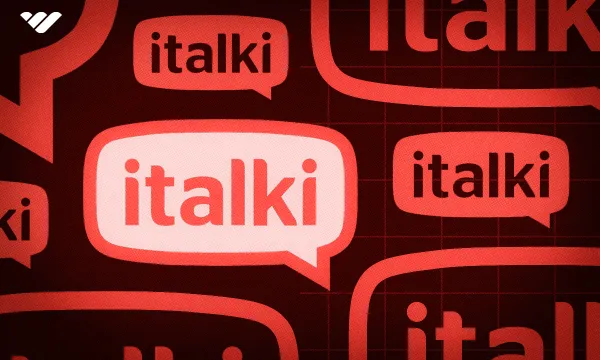If you’ve ever shopped around for a platform to help you monetize your content or sell digital products, you’ll almost certainly have stumbled across Kajabi. It’s used by several top entrepreneurs and is always near the top of any list of relevant Google search results, but what is it all about?
In this article, we’ll take a close look at the platform to find out what Kajabi is, who it’s really for, Kajabi pricing, and whether you should consider signing up with Kajabi if you’ve got a digital product or knowledge to sell.
What is Kajabi?
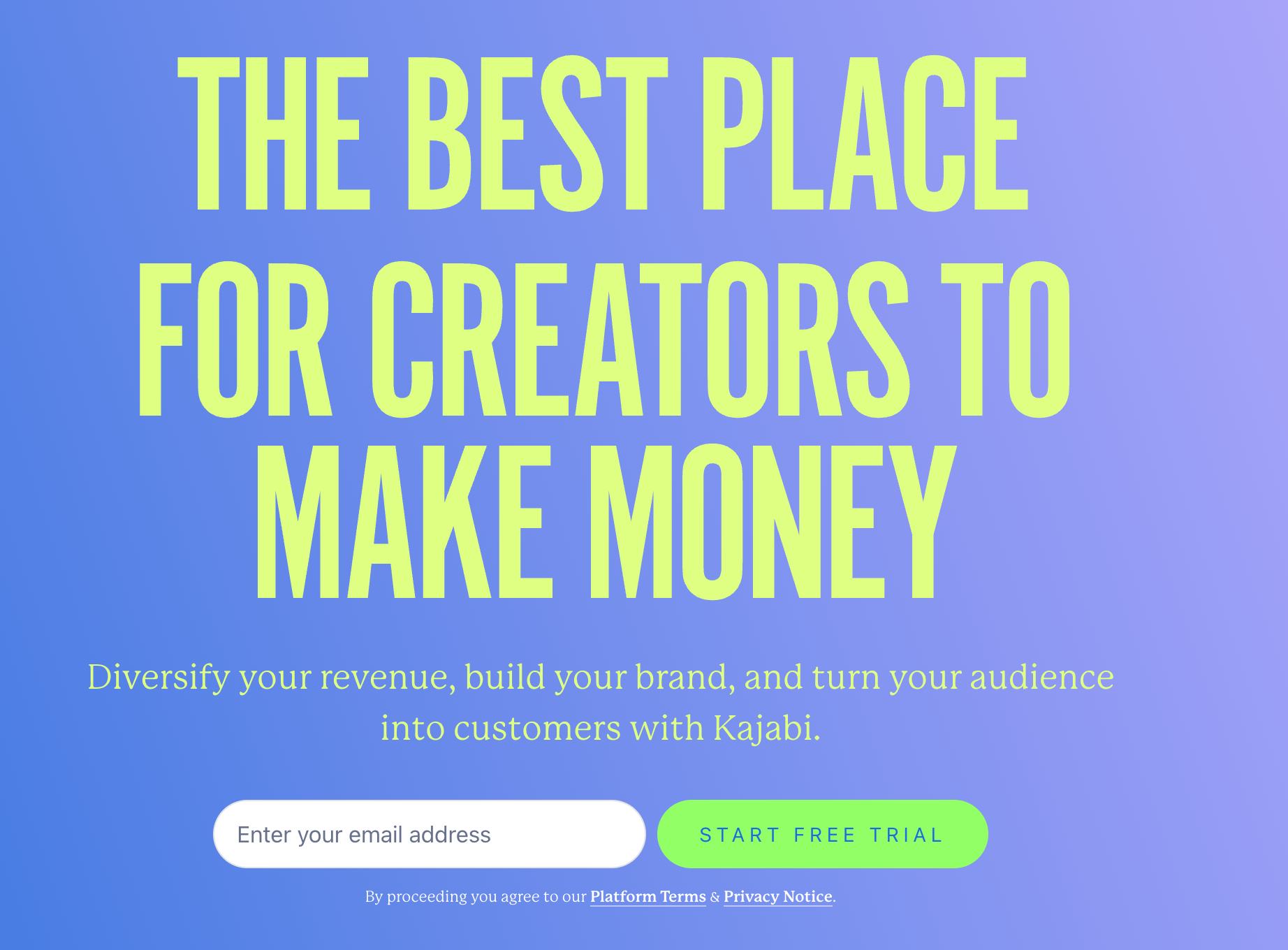
Kajabi is a platform for creators, helping them turn their content into full-fledged online businesses. It takes the coding element out of the process and simplifies things so that creators can focus on diversifying their products and services, putting out offerings like courses and coaching programs and monetizing their audiences and communities.
Who Can Use Kajabi?
Kajabi was founded by Kenny Rueter with the vision of giving creators a way to scale economically and achieve their financial goals and ambitions. On the platform, it’s called the “direct-to-creator economy” which is intended to represent earnings flowing directly from consumers to creators without any sort of intermediaries or interference.

The company calls its customers “Heroes”, and there have been over 60,000 of them, ten percent of whom have reached $100,000 in revenue on the platform. Over 1.2 million digital products have been created, netting businesses on the platform a cool $6 billion in total revenue.
Kajabi Pricing
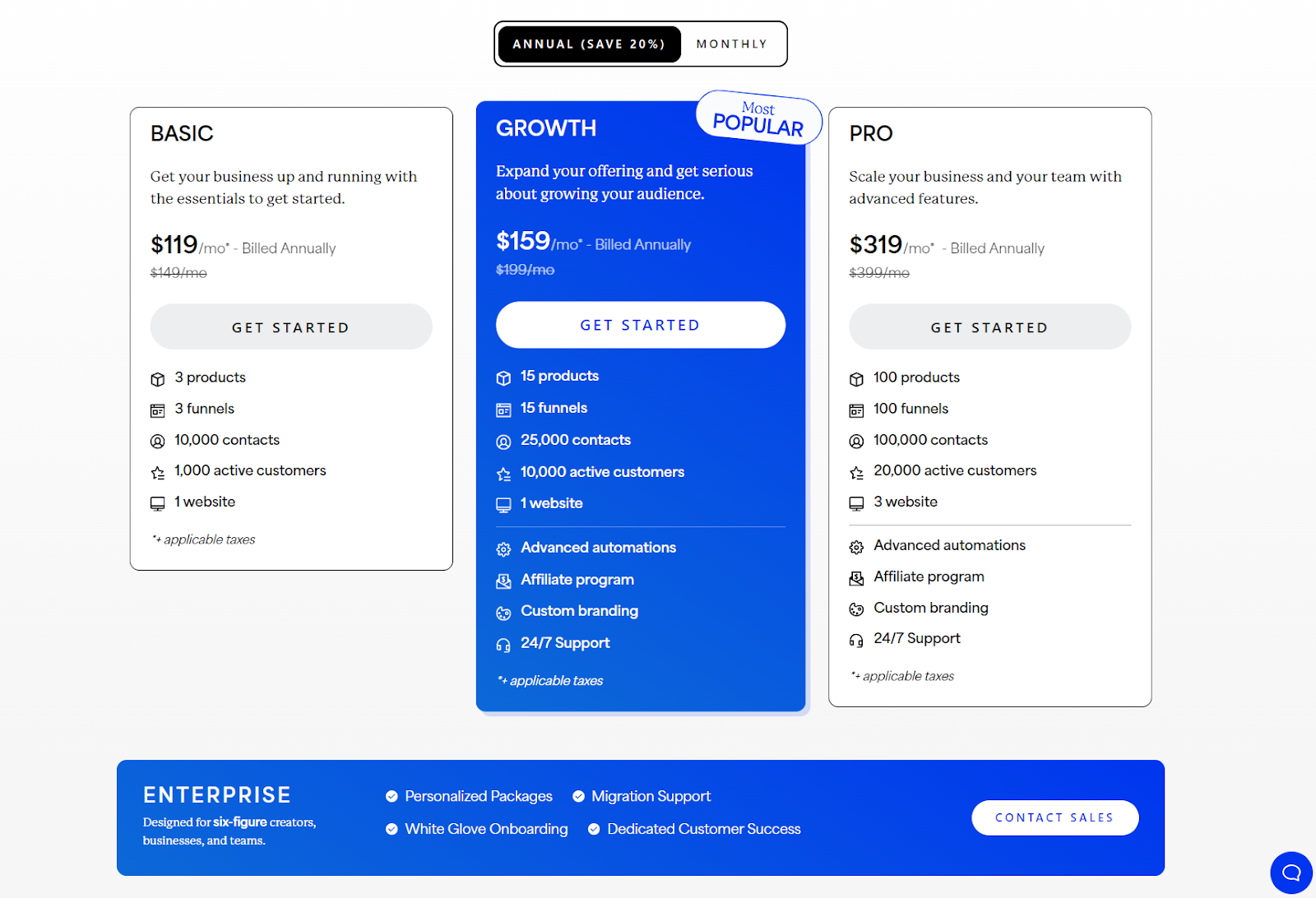
Kajabi’s pricing structure immediately underlines who these “Heroes” are supposed to be—creators or digital entrepreneurs who already have an established customer base selling access to communities, online courses, coaching programs, or podcasts. You’re not going to be jumping on Kajabi if you’re just starting out—their pricing will eat very deeply into your revenues unless you’re pulling in at least a few thousand dollars a month.
Kajabi doesn’t impose any sort of transaction fee or take a cut out of customers’ revenues aside from the standard Stripe processing fee of 2.9%+$0.30, so it definitely caters to creators dealing in higher revenue. In fact, if you use their Growth plan, you’d need to be at a monthly turnover of around $5000 to bring the platform fee down to 3% of your revenue, and even then it’s billed annually so you’d need to make a hefty $1900+ payment when you sign up.

As such, whether or not you can even use Kajabi will come down to that equation right off the bat—is your content bringing enough revenue in to make the platform fee negligible, or is your Kajabi sign-up costing you too much?
How Does Kajabi Help Creators?
Kajabi has traditionally been known as a course-builder, but it’s been around for over a decade and evolved significantly in that time. Today, Kajabi can do a whole lot more, although that original core remains firmly in place.
Creating Digital Products
Online courses were where Kajabi began, and today you can monetize several types of digital products on the platform. Courses are very much still part of the mix given how popular they are among creators, but the Kajabi product builder also allows you to set up coaching, communities, memberships, and podcasts on the platform.

The templates and design tools you’re given access to when you join Kajabi make it easy to get started with your digital products whether you’re moving your products to the platform or starting fresh—although as we’ve already mentioned, Kajabi may not be the best choice for creators without a significant audience already thanks to their fee schedule.
Managing Your Business
One of the advantages of Kajabi is that it isn’t just a digital storefront for your products; it’s also got plenty of features designed to help creators treat their content creation as a bona fide business. The main thing here is payments, and Kajabi has a Stripe-based payment gateway to ensure that your revenues hit your bank account when they should.
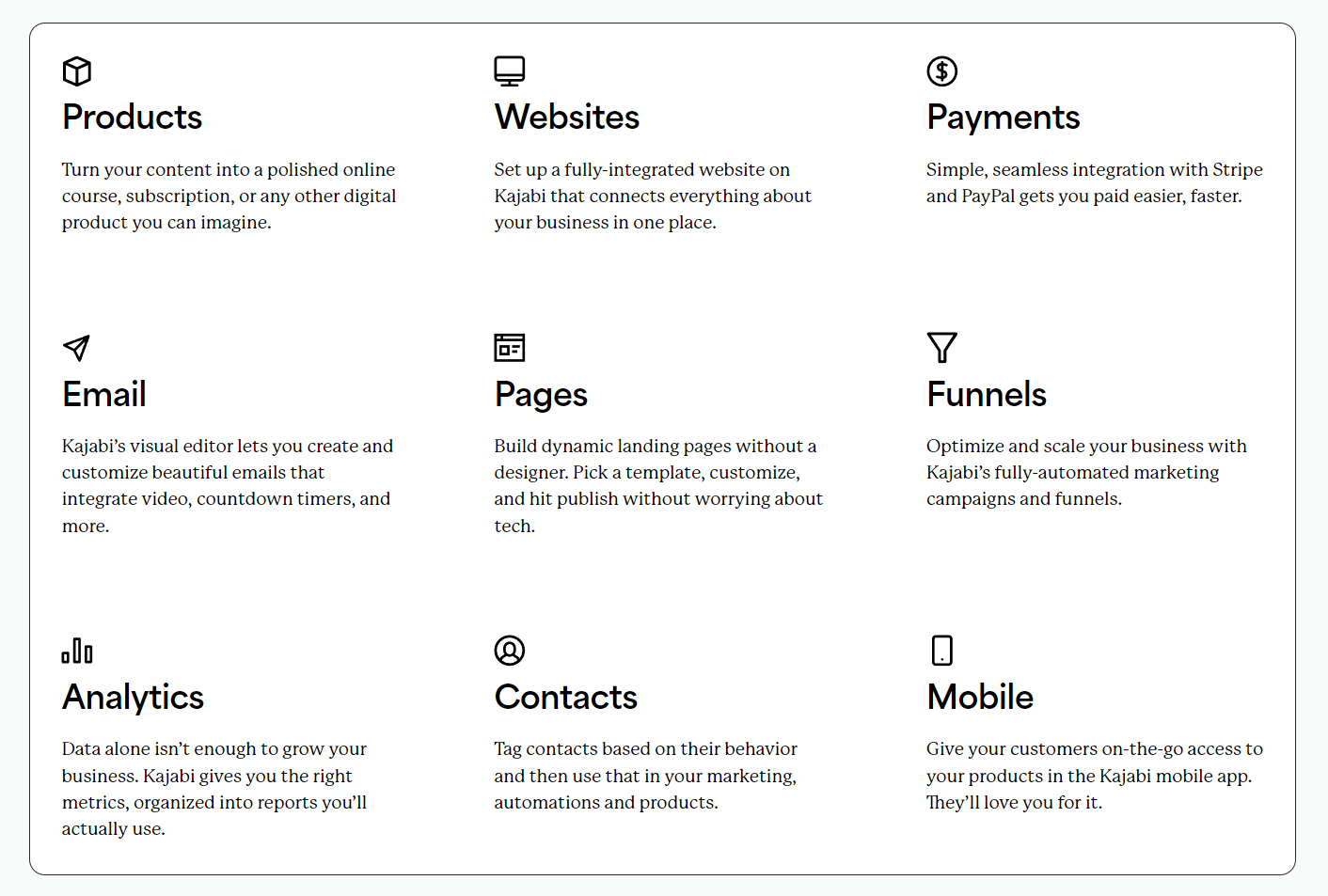
On top of that, Kajabi helps to automate and streamline some of the processes related to customer management and analytics, and then tying that into marketing. It isn’t revolutionary, but it does represent time saved, and that’s valuable for a creator since most start out alone and often feel that they never have enough time on their hands.
Growing Your Revenue
We’ve already mentioned that Kajabi helps creators on the marketing front, but it’s worth repeating given Kajabi’s approach toward boosting your top line. They offer creators a website builder as well as a landing page builder to cover all of the main web pages you’ll need for your content, and their mobile app makes your content even more accessible to your customers.
Power of Community
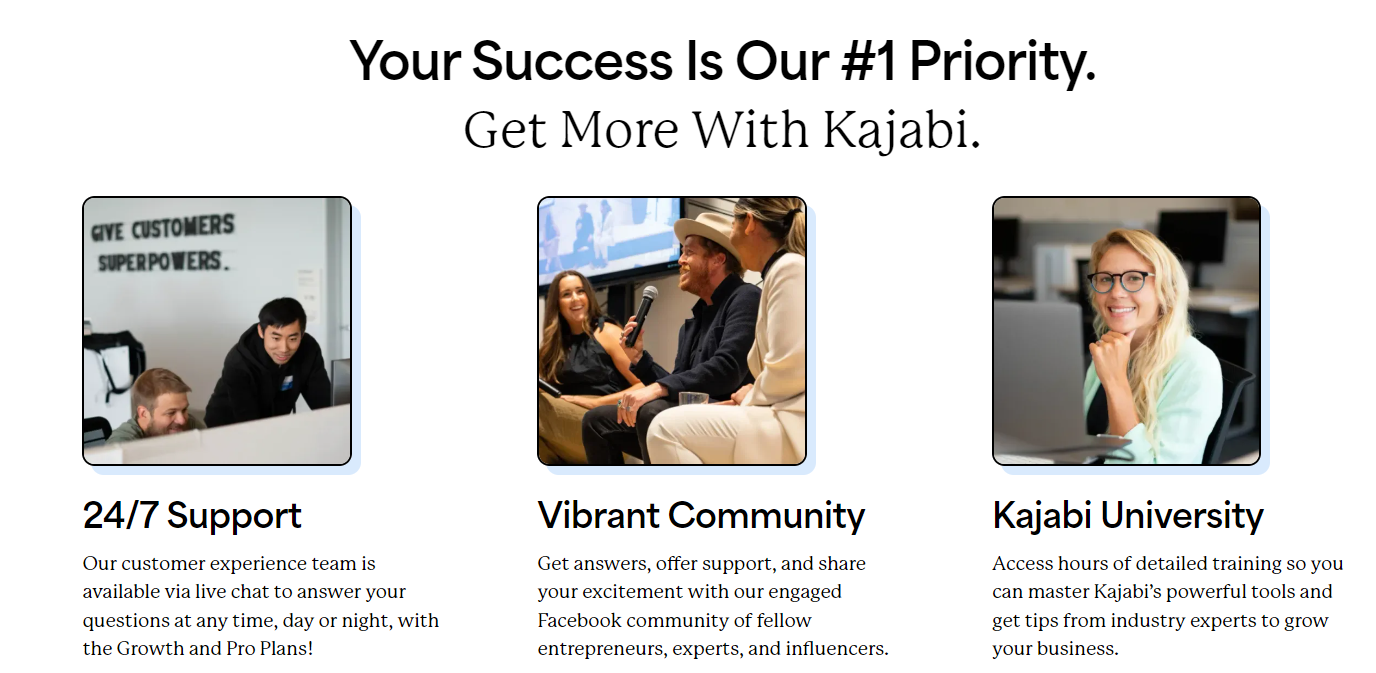
Finally, Kajabi leverages several community features to enhance the experience of creators on their platform. They have a learning centre called “Kajabi University” as well as a resource library which together provide access to on-demand resources and expert insights on how to use the platform better and grow as a business, and they also run a Facebook community for platform users to connect and collaborate.
Commonly Asked Questions About Kajabi
Let’s look at some of the most common questions that tend to be asked about the Kajabi platform, to make sure you’re aware of all there is to know about Kajabi.
How Does Kajabi Make Money?
Kajabi’s revenue comes mainly from creators who sign up with the platform, and depending on their profile and what they want, these creators will be paying Kajabi anywhere between $119 and $399 a month if you exclude their bespoke offers for six-figure creators. Match those figures to Kajabi’s claim of having over 60,000 creators, and you can work out roughly where Kajabi’s revenues come from.
How Do People Make Money on Kajabi?
If you sign up to use Kajabi, there’s no guarantee of making money right away. Kajabi helps to build and grow your revenue streams by giving you tools to easily put digital products together and then market them, but it’s on you to do all of that. Kajabi helps you run your content creation business, but doesn’t directly boost your earnings.
Does Kajabi Take a Share of My Revenue?
No. Payments on Kajabi are subject to a processing fee because they use Stripe, but Kajabi themselves make their money from the monthly or annual fees you pay to use the platform. This sort of flat fee structure can make a lot of sense if your content is already bringing in five-figure plus revenues, but can get really expensive for any less.
Can You Have a Branded Webpage with Kajabi?
Yes, and you can use Kajabi’s website and landing page builder tools to design the site you want. They’ve got a solid set of page building tools and a wide selection of templates to make this process as easy as it can be.
How do I Cancel My Kajabi Subscription?
You can cancel your Kajabi subscription via your dashboard at any time without any red tape. This is an extremely fair feature, but it does explain why Kajabi discounts their annual subscriptions compared to the monthly ones!
Does Kajabi Own My Content?
No. As a content creator, you retain all rights to the intellectual property that you put on the Kajabi Portal, and you can export it to another platform whenever you want.
What are Some Kajabi Alternatives?
If at this point you’re reading about Kajabi and thinking that there are a few areas where Kajabi falls short, don't worry—there are some great alternatives out there that could work for you, and some even go above and beyond. Here are three to think about:
1. 🏅Whop
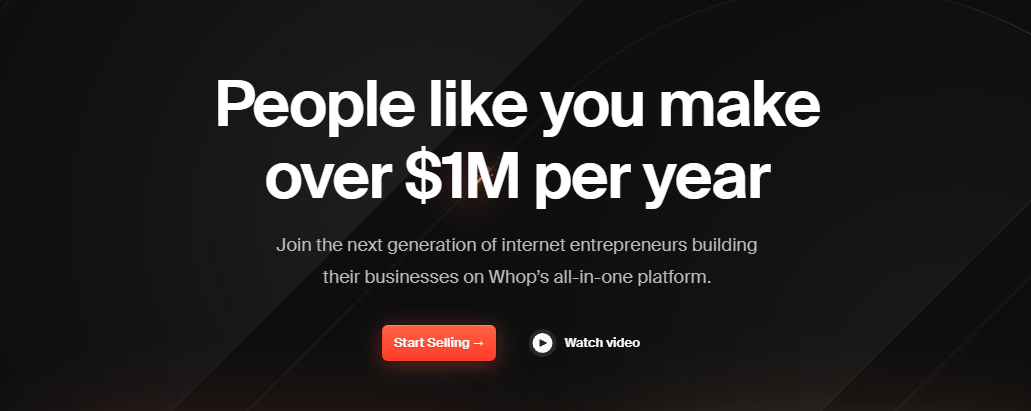
Whop is a social commerce and course creation platform that serves entrepreneurs and content creators in much the same way as Kajabi does, but with some differences when it comes to product selection and pricing. You can sell just about any sort of digital product on Whop, not just courses and memberships, meaning that the number of revenue streams you can build on Whop is arguably higher.
In addition to that, discoverability is a big thing on Whop. Visiting Whop.com takes you straight to the product marketplace, so the majority of site visitors can get straight down to browsing through or searching for digital products like yours. Pricing also differs significantly—Whop is completely free to use and takes only 3% of purchases, meaning that it’s the ideal choice for starting creators and established entrepreneurs alike.
2. Skool
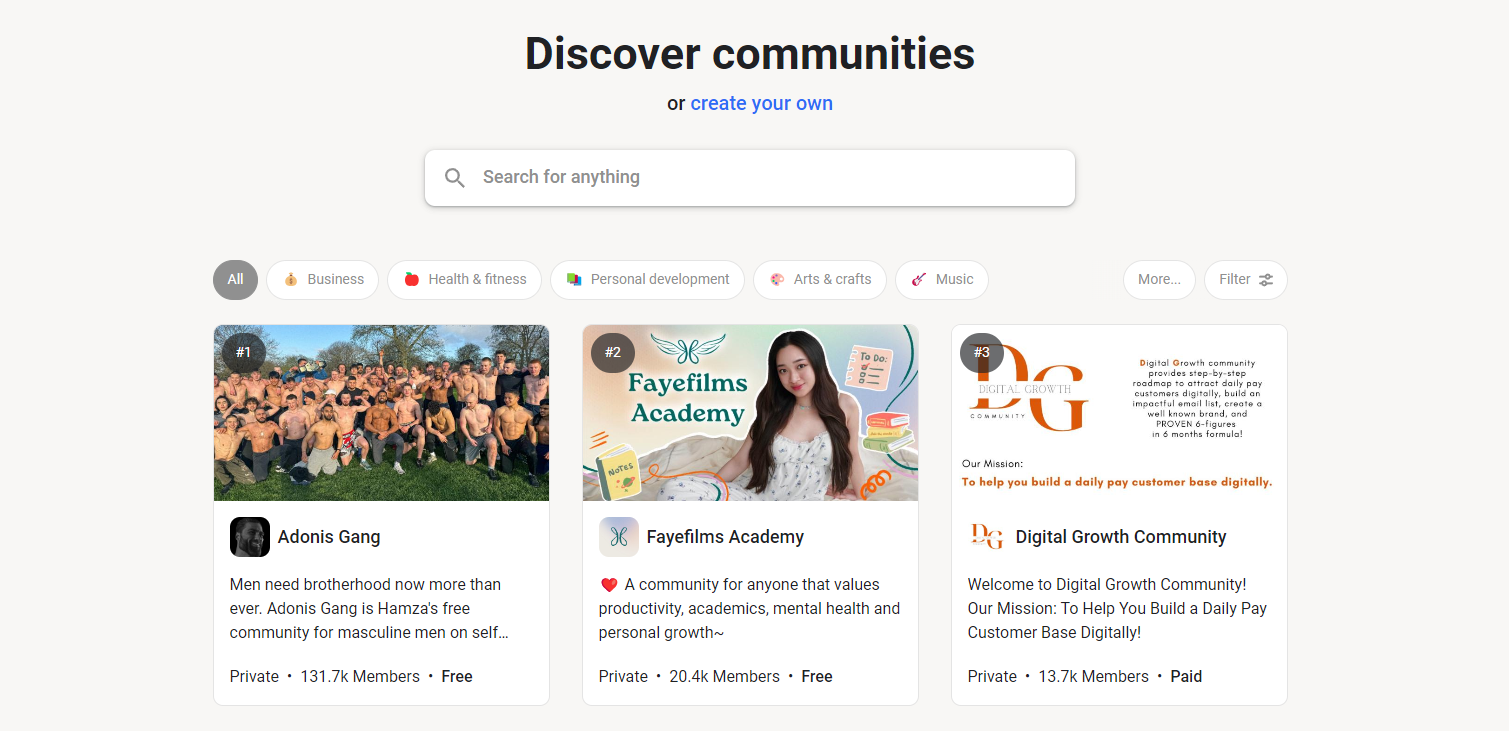
Skool is a digital product hosting platform founded by Sam Ovens which attempts to put community at the centre of the user experience. It’s been out of beta since 2022 and currently offers course and community creation alongside a native payment system, and innovates through incentivising and gamifying the way students interact with courses.
3. Stan Store
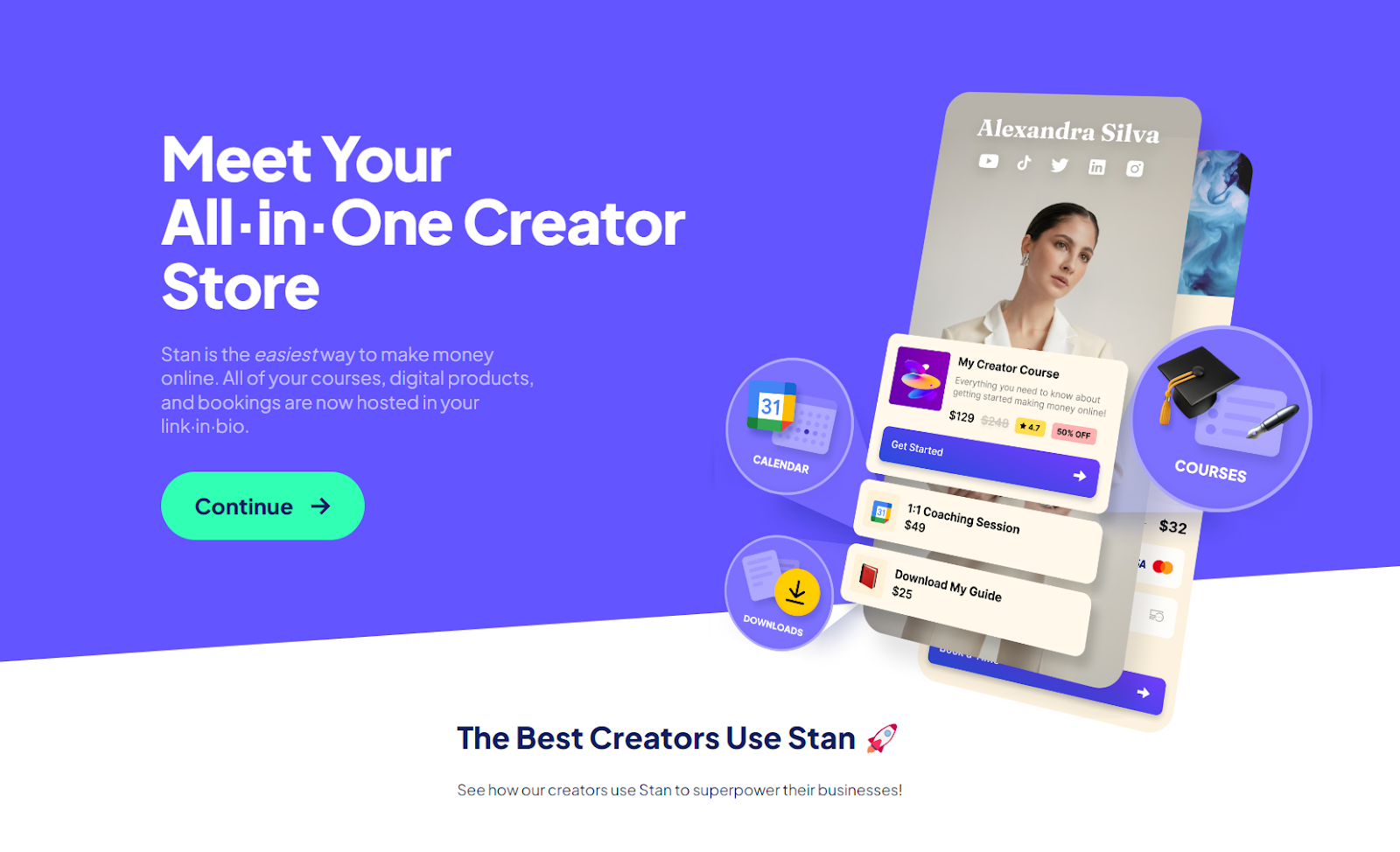
Stan Store is a new entrant to the content monetization landscape, but it takes an approach based on seamless integration with creators’ platforms of choice. This means that visitors to creators’ stores feature minimal disruption, and it looks and feels just like the original platform that they clicked through from. Stan Store has a surprising amount of features despite this minimal approach, and its pricing is exceedingly competitive.
Is Kajabi Worth Using?
Kajabi is a leading platform in its niche, and well worth considering if you’re in the business of content creation, especially if courses, coaching, or memberships are going to be part of your content ecosystem. However, we’ve only given you an outline of the platform and it’s strengths and weaknesses here, so you’ll be well served checking out our full review before you make a final call on using Kajabi.
Despite Kajabi’s size and reputation, it may not be the perfect option for you. Kajabi’s pricing structure means that it leans toward a certain subset of creators from a revenue perspective, and you won’t be able to monetize every type of digital product quite as effectively.
That’s why you should consider Whop as a great alternative to Kajabi—Whop’s pricing and fee schedule caters to entrepreneurs big and small, and the Whop marketplace is home to just about every digital product you can imagine - from courses to communities, software to ebooks, and so much more.


